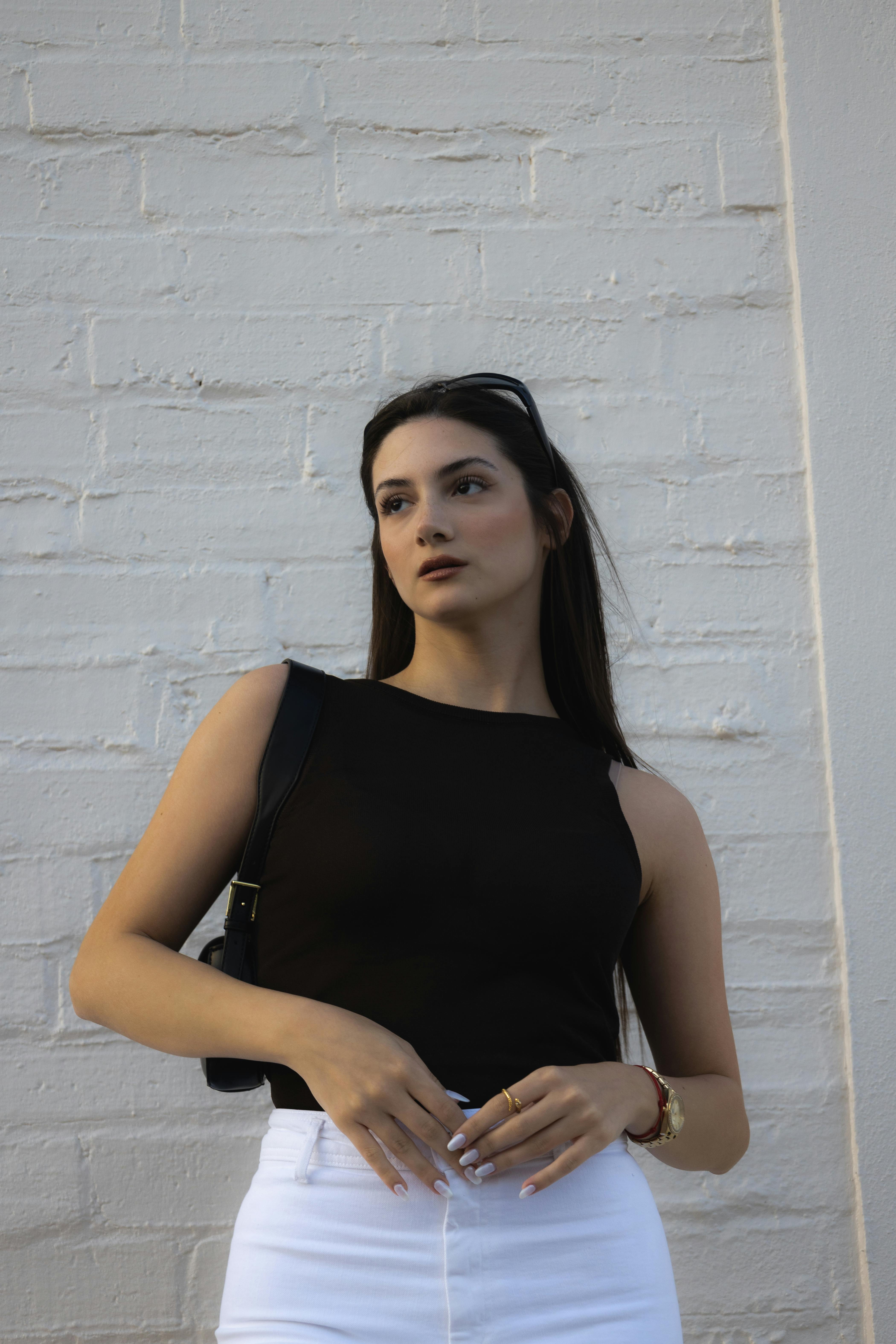Top 5 Practical Ways to Make Coffee in a Pot for 2025
As we embrace the future in 2025, finding the best methods for brewing a perfect cup of coffee continues to be a delightful challenge for coffee enthusiasts and casual drinkers alike. With the right coffee preparation techniques, anyone can create a delicious cup of coffee in a pot. In this article, we will explore five practical ways to make coffee, highlighting essential tips, preferred equipment, and detailed coffee pot instructions to enhance your brewing experience. Prepare to unlock the secrets of coffee flavor extraction and discover how small changes can lead to perfect coffee every time.
As we dive into these methods, you'll learn about the importance of factors like coffee grounds ratio and water temperature for coffee, ensuring your brew is perfectly balanced. From classic brewing techniques to modern conveniences, we'll cover everything you need to know for successful coffee making. Let's embark on this aromatic journey and see how these brewing methods can transform your coffee experience!
1. Drip Coffee Maker: The Classic Choice
The drip coffee maker remains a staple in many households, praised for its convenience and consistency. To master this coffee brewing method, start by measuring your coffee grounds ratio—typically, a tablespoon of coffee for every six ounces of water is recommended. Be sure to use fresh, high-quality beans for the best flavor extraction.
To brew, fill the reservoir with fresh water and be mindful of the water quality, as impurities can affect the coffee's taste. Once everything is set, start the brewing process. As the coffee drips through the filter, it captures aromatic oils and flavors, delivering a delightful cup in minutes. Remember to monitor the coffee brewing time; generally, it takes about 5-10 minutes for a full pot.
After enjoying your coffee, ensure proper maintenance of your coffee pot by cleaning it regularly to prevent any buildup. This will not only prolong the life of your coffee maker but also improve the taste of future brews.
2. French Press: A Hands-On Approach
If you prefer a richer flavor, the French press is an excellent option. This manual coffee brewing technique emphasizes quality and control over the brewing process. Start by coarsely grinding your coffee beans to maximize flavor extraction. A common ratio is 1:15, meaning one part coffee to 15 parts water.
Begin by boiling filtered water and allowing it to cool slightly to about 200°F, perfect brewing temperature for coffee. Add your grounds to the French press, followed by the hot water. Stir gently to ensure all grounds are saturated. Place the lid on but do not press down yet; let the coffee steep for about four minutes. Once steeped, slowly press the plunger down to separate the grounds from the liquid. This method produces a full-bodied coffee with distinct flavor profiles.
3. Pour Over: Precision Brewing
The pour-over method allows for precise control over the brewing process, making it a favorite among coffee aficionados. Here, the focus is on an even distribution of water over the coffee grounds to optimize flavor extraction. Choose your preferred coffee grounds and measure a 1:16 coffee-to-water ratio for optimal brewing.
Heat filtered water to around 195°F - 205°F, and start by wetting the filter and the coffee grounds, allowing them to bloom for 30 seconds. Gradually pour the remaining water in a circular motion, ensuring even saturation. This technique takes a few minutes but results in bright, well-defined coffee tastes.
4. Cold Brew: Smooth and Refreshing
For those hotter days, cold brew coffee offers a refreshing alternative. This method requires a longer brewing time but results in a smooth, less acidic coffee. Use a 1:4 coffee-to-water ratio and coarsely grind your coffee beans. Combine the grounds with cold water in a large pitcher, stirring to ensure all grounds are saturated.
Let the mixture steep in the refrigerator for 12-24 hours. Once brewed, strain the coffee using a fine mesh sieve or a dedicated cold brew maker. This method yields a concentrated coffee that can be diluted with milk or water upon serving, perfect for customizing to your taste.
5. Espresso Machine: A Barista Experience at Home
If you’re looking to recreate that coffee shop experience at home, investing in an espresso machine might be worthwhile. While it requires some practice, the results are rewarding. Use finely ground coffee and pack it into the portafilter with the right pressure for optimal extraction.
Preheat your machine and allow water to heat to 190°F - 200°F. Start brewing, and within seconds, you'll have a shot of rich, concentrated coffee. Experiment with various beans to discover unique taste profiles and enhance your brewing game with proper maintenance and cleaning of your espresso maker.
Conclusion
In 2025, making coffee in a pot has evolved with various brewing methods, ensuring each enthusiast can find their perfect match. Whether you favor the traditional drip coffee maker or desire the artistry of espresso, knowing the proper techniques—and secrets to coffee flavor extraction—will elevate your coffee drinking experience. Always consider your coffee preferences and explore each method to find what suits your taste best. Happy brewing!
FAQs About Coffee Brewing
What coffee grounds ratio should I use for a perfect brew?
A good starting point is a 1:15 ratio of coffee to water for most brewing methods. Adjust based on personal taste preferences and the type of coffee maker used.
How does water temperature affect coffee flavor?
Optimal water temperatures range from 195°F to 205°F. Cooler temperatures can lead to under-extraction, while hotter temperatures may produce bitterness.
What is the best way to clean a coffee pot?
Regular cleaning with vinegar and water can prevent buildup and ensure a fresher taste. Always follow the manufacturer’s recommendations for your specific model.
